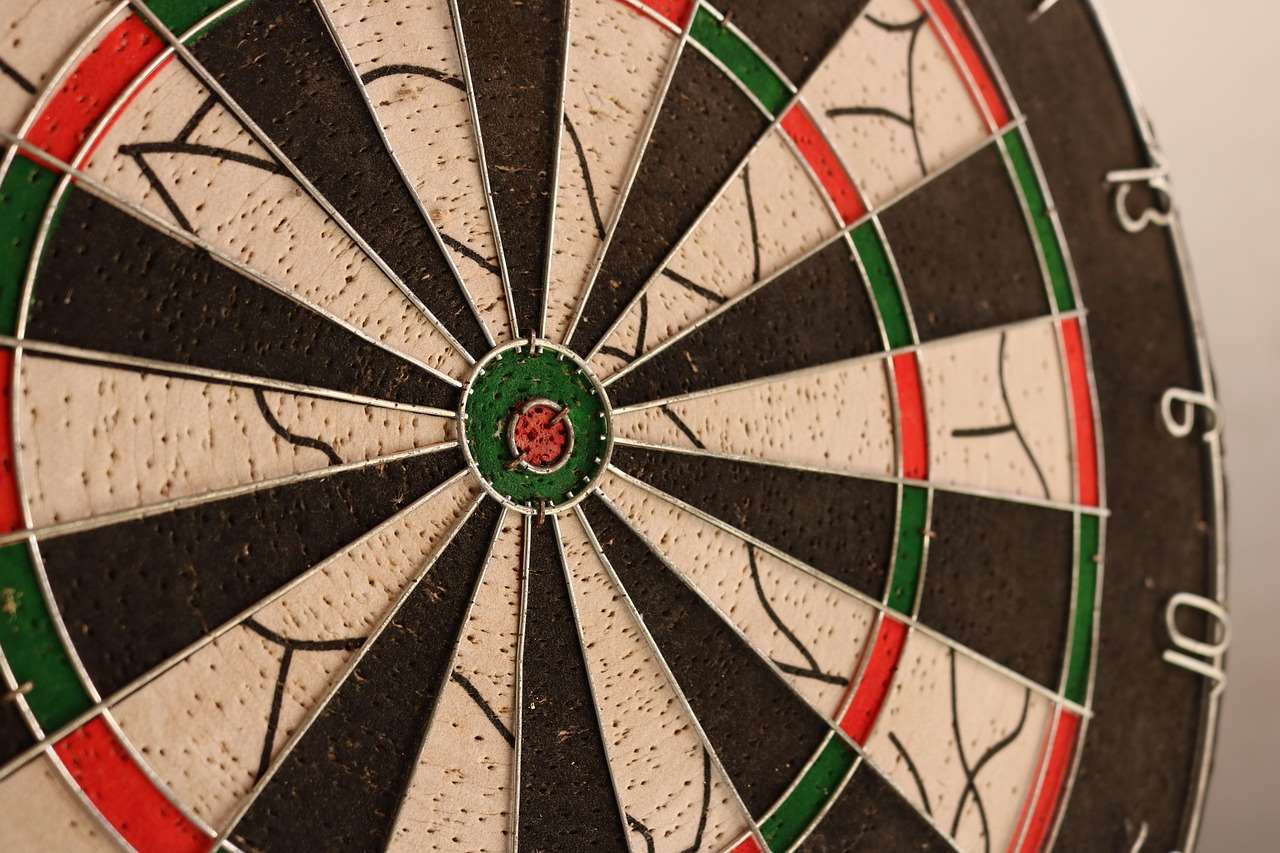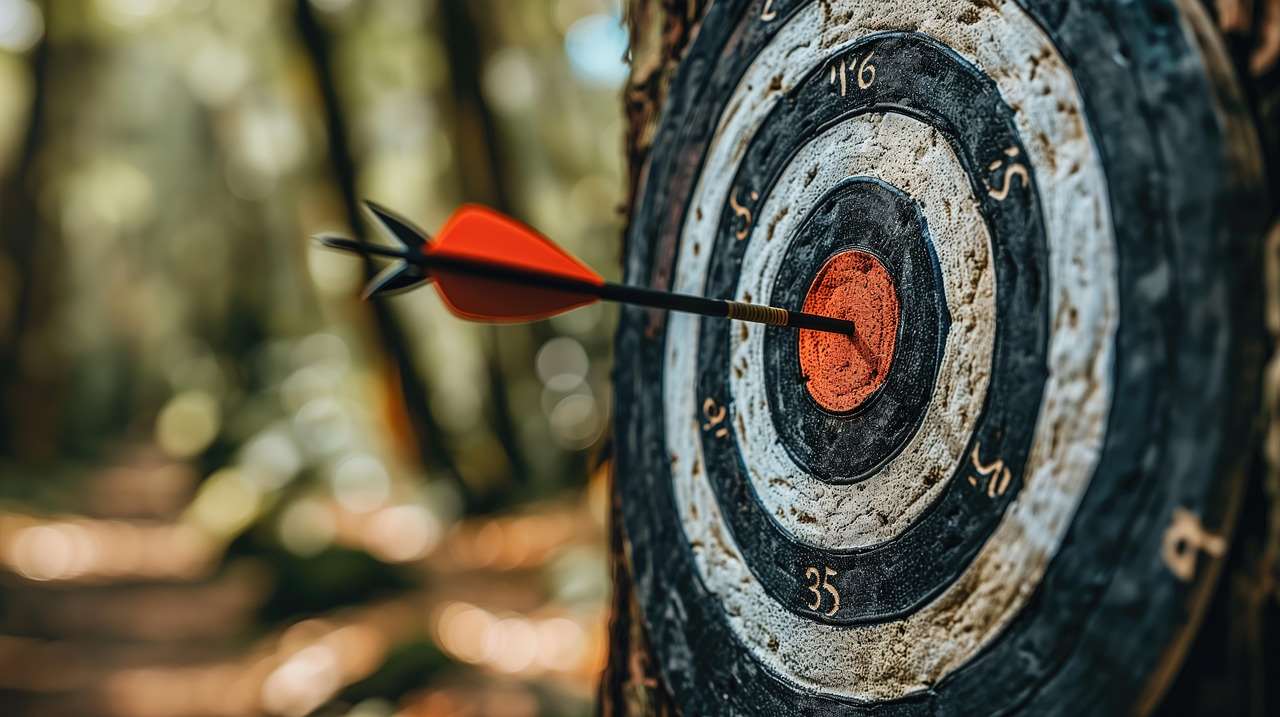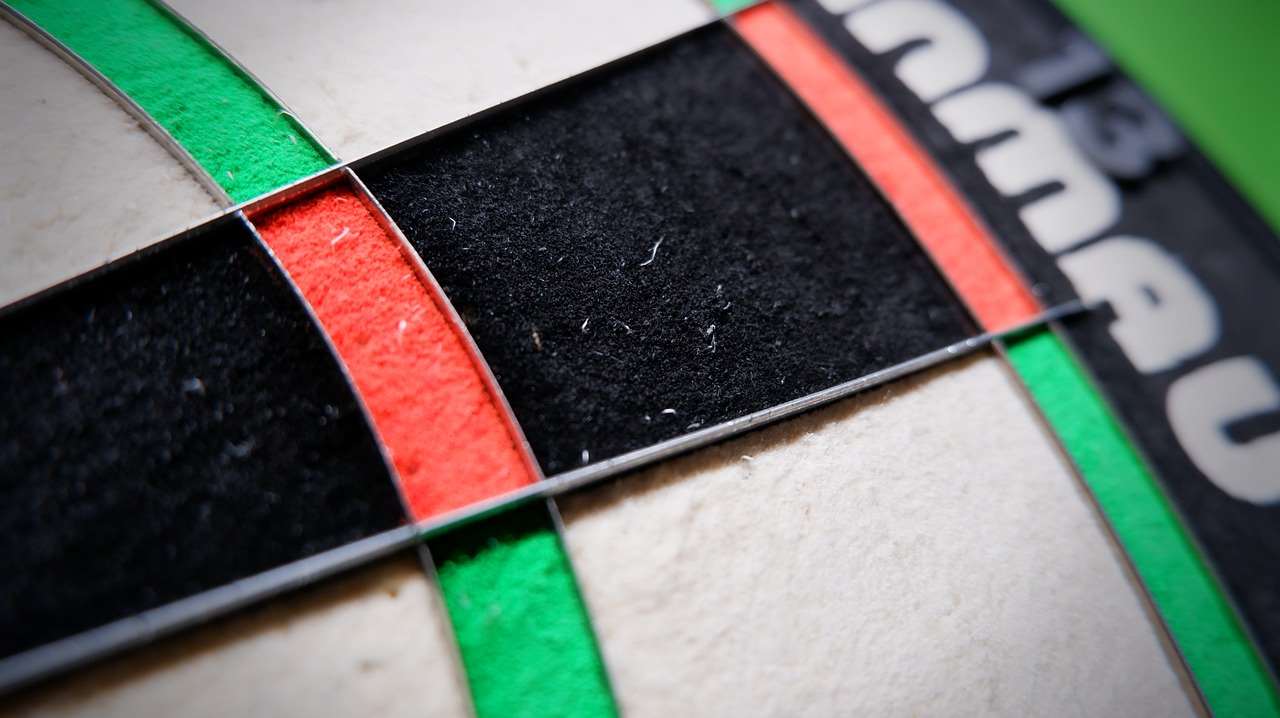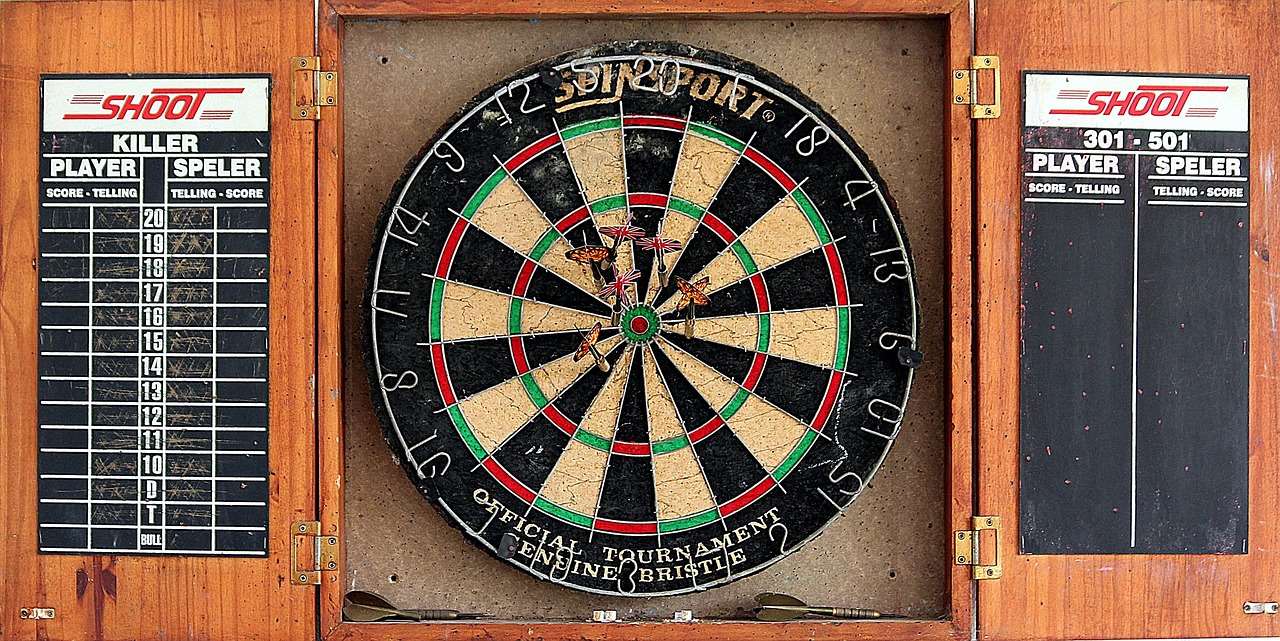Choosing the right **dart grips** is fundamental to consistent and accurate throws; it’s the crucial connection between you and the dart. This article explores the various types of **dart grips** available, helping you find the perfect match to elevate your game, and covering aspects from grip pressure to material considerations.
⚠️ Still Using Pen & Paper (or a Chalkboard)?! ⚠️
Step into the future! The Dart Counter App handles all the scoring, suggests checkouts, and tracks your stats automatically. It's easier than you think!
Try the Smart Dart Counter App FREE!Ready for an upgrade? Click above!
Understanding the Importance of Dart Grips
The dart grip is more than just where you hold the dart; it’s the foundation of your throwing technique. A consistent grip leads to consistent release, which in turn leads to better accuracy and tighter groupings. Finding the right dart grips can significantly improve your game, regardless of your skill level. Without a proper grip, even the most expensive darts won’t perform to their full potential.

Different players prefer different dart grips based on their hand size, throwing style, and personal preference. There’s no one-size-fits-all solution. Experimentation is key to finding what works best for you. This may involve trying different barrel types, grip styles, and even grip materials.
Key Considerations for Choosing Dart Grips:
- Grip Style: Aggressive, moderate, or smooth.
- Barrel Shape: Straight, torpedo, or bomb.
- Material: Steel, tungsten, or a combination.
- Finger Placement: Two-finger, three-finger, or four-finger grip.
Types of Dart Grips and Their Characteristics
The market offers a wide variety of dart grips, each with its own unique feel and performance characteristics. Understanding these differences is essential to making an informed decision.
Ringed Grips
Ringed grips are perhaps the most common type of dart grip. They feature a series of raised rings or grooves along the barrel, providing a tactile surface for your fingers. The spacing and depth of the rings can vary, offering different levels of grip.
Advantages:
- Provides a secure and consistent grip.
- Good for players who need a lot of control.
- Available in various ring depths and spacings.
Disadvantages:
- Can feel too aggressive for some players.
- May cause blisters or discomfort with prolonged use.
Knurled Grips
Knurled grips feature a diamond-shaped pattern etched into the barrel. This pattern creates a slightly rough surface that provides excellent grip without being overly aggressive. Many players appreciate the subtle texture of knurled dart grips.
Advantages:
- Offers a comfortable and secure grip.
- Less abrasive than ringed grips.
- Suitable for players with sensitive skin.
Disadvantages:
- May not provide enough grip for some players.
- Can be difficult to clean.
Smooth Grips
Smooth grips have a polished, untextured surface. These dart grips are best suited for players who prefer a minimal feel and rely on a light touch. Some smooth barrels have micro-grooves, which offer a slight increase in grip without being overly aggressive.
Advantages:
- Allows for a very relaxed and natural grip.
- Reduces friction during release.
- Easy to clean.
Disadvantages:
- Requires excellent control and technique.
- Not suitable for players who need a lot of grip.
- Can be slippery, especially in humid conditions.

Pixel Grips
**Pixel grips** are a relatively newer innovation, featuring small, raised dots or “pixels” on the barrel surface. These pixels provide a unique tactile sensation and a surprisingly secure grip. The target darts with pixel grip are popular among professional players.
Advantages:
- Provides excellent grip without being too aggressive.
- Offers a unique and comfortable feel.
Disadvantages:
- May not be as durable as other grip types.
- Can be more expensive.
Combination Grips
Many darts feature a combination of different grip styles. For example, a dart might have a ringed grip in the front and a knurled grip in the back. These dart grips offer the best of both worlds, allowing players to customize their grip based on their throwing style.
You might want to consult an english darts scoring guide if you’re new to the game and its nuances.
Finding the Right Grip Pressure
Even with the perfect dart grips, applying the wrong amount of pressure can ruin your throw. The key is to find a balance between control and relaxation. Grip the dart firmly enough to maintain control, but not so tightly that you tense up.

- Too much pressure: Can lead to muscle tension and inconsistent release.
- Too little pressure: Can cause the dart to slip or wobble during the throw.
Experiment with different grip pressures to see what feels most natural and comfortable for you. A good starting point is to grip the dart as if you were holding a delicate bird. The Electronic dart score counter is a useful resource for tracking your progress.
Experimenting with Finger Placement
The number of fingers you use to grip the dart and their placement on the barrel can also affect your accuracy. Most players use either a two-finger, three-finger, or four-finger grip. There’s no right or wrong answer; it’s simply a matter of personal preference.
- Two-Finger Grip: Offers a minimalist feel and allows for a very clean release.
- Three-Finger Grip: Provides a good balance of control and feel.
- Four-Finger Grip: Offers maximum control, but can also lead to tension.
Experiment with different finger placements to see which feels most comfortable and natural for you. Pay attention to how the dart feels in your hand and how it releases during the throw.
Material Considerations for Dart Grips
The material of the dart barrel can also affect the feel and performance of the dart grips. Steel and tungsten are the two most common materials used in dart manufacturing.

- Steel: Less expensive than tungsten, but also less dense. This means that steel darts are typically larger in diameter for a given weight.
- Tungsten: A very dense metal that allows for slimmer barrels. This can improve grouping and reduce deflections. Tungsten darts are generally more expensive than steel darts.
Consider the weight and balance of the dart when choosing a material. Heavier darts tend to be more stable in flight, while lighter darts can be easier to control. The barrel’s shape impacts **dart grips** too. A straight barrel might be more suitable if you prefer a consistent placement of fingers and thumb on the barrel.
Maintaining Your Dart Grips
Proper maintenance is essential to keeping your dart grips in good condition. Over time, dirt, oil, and sweat can accumulate on the barrel, reducing grip and affecting performance.
Clean your dart grips regularly with a soft brush and mild soap. Avoid using harsh chemicals or abrasive cleaners, as these can damage the finish. You can also use a specialized dart cleaning solution to remove stubborn dirt and grime. Make sure your **dart grips** are dry before you consider darts shots.
Consider using Electronic dart score counter to keep track of your scores and identify patterns in your throws, so you can adjust your grip accordingly.
The Role of Dart Shafts and Flights on Grip
While the barrel directly dictates the nature of your **dart grips**, the shaft and flights also play a role in the overall feel and balance of the dart. A longer shaft can shift the center of gravity forward, potentially requiring a slight adjustment to your grip. Similarly, different flight shapes can affect the dart’s stability in the air, which can indirectly influence your grip pressure.

Experimenting with different shaft lengths and flight shapes can help you fine-tune your setup and find the optimal combination for your throwing style. Don’t be afraid to try different combinations until you find what works best for you. If you’re setting up a home dartboard area, take the time to review what what darts the pros use.
Conclusion
Finding the perfect dart grips is a journey of experimentation and self-discovery. There’s no magic bullet, but by understanding the different types of grips, grip pressures, and materials available, you can narrow down your options and find the ideal match for your throwing style. Remember to prioritize comfort, consistency, and control. Once you’ve found a grip that feels right, stick with it and practice regularly to develop muscle memory and improve your accuracy. Ultimately, the best **dart grips** are the ones that help you throw your best darts. So, go out there, experiment, and find the grip that will take your game to the next level! Start today by trying one new grip style in your next practice session.
Hi, I’m Dieter, and I created Dartcounter (Dartcounterapp.com). My motivation wasn’t being a darts expert – quite the opposite! When I first started playing, I loved the game but found keeping accurate scores and tracking stats difficult and distracting.
I figured I couldn’t be the only one struggling with this. So, I decided to build a solution: an easy-to-use application that everyone, no matter their experience level, could use to manage scoring effortlessly.
My goal for Dartcounter was simple: let the app handle the numbers – the scoring, the averages, the stats, even checkout suggestions – so players could focus purely on their throw and enjoying the game. It began as a way to solve my own beginner’s problem, and I’m thrilled it has grown into a helpful tool for the wider darts community.